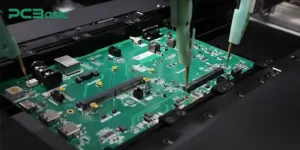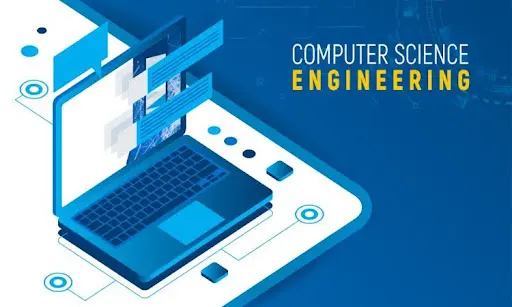PCB and PCBA: Driving Innovation in Electronics Manufacturing
Introduction
Behind every smartphone, automotive system, or medical device lies two invisible heroes: PCB (Printed Circuit Board) and PCBA (Printed Circuit Board Assembly). Together, they form the foundation of the global electronics industry. Without them, modern technologies such as 5G communication, artificial intelligence, or renewable energy systems would not exist in their current form.
This article explores the critical role of PCB and PCBA, their importance in product reliability, and how they continue to drive innovation across industries.
Understanding PCB: The Backbone of Electronics
A PCB is a layered board made of insulating substrate and conductive copper traces. It provides:
- Electrical Connectivity – Copper pathways connect chips, resistors, capacitors, and sensors.
- Mechanical Support – Holds components in place securely.
- Design Flexibility – Can be single-layer for simple devices or multilayer (up to 50+ layers) for high-performance servers.
Types of PCB:
- Rigid PCB – The most common, used in computers and consumer electronics.
- Flexible PCB (Flex PCB) – Used in wearables, foldable devices, and aerospace systems.
- Rigid-Flex PCB – Combines both technologies for compact and reliable designs.
- High-Frequency PCB – Essential for 5G and radar systems.
Understanding PCBA: Bringing the PCB to Life
While PCB provides structure, PCBA adds functionality. It involves soldering and assembling all electronic components onto the board, turning a static PCB into a working brain of a device.
PCBA Process Overview:
- Solder Paste Application – Using a stencil to place paste on pads.
- Pick and Place – High-speed machines mount components with micron accuracy.
- Reflow Soldering – Controlled heating solidifies connections for SMD parts.
- Through-Hole Assembly – For power components requiring strength.
- Testing & Inspection – AOI, X-ray, ICT, and burn-in tests ensure quality.
- Box Build Integration – Some manufacturers also handle final product assembly.
Why PCB and PCBA Matter in Modern Electronics
- Miniaturization – Enables smaller, smarter devices like IoT sensors and wearables.
- Reliability – High-quality PCB and PCBA ensure long product lifespans in harsh environments.
- High-Speed Performance – Critical for data centers, 5G, and aerospace systems.
- Mass Production – Automation in PCBA allows millions of units with consistent quality.
Industry Applications of PCB and PCBA
- Consumer Electronics – Smartphones, laptops, and gaming consoles.
- Automotive Electronics – Engine control units (ECUs), EV battery systems, ADAS.
- Medical Equipment – Pacemakers, diagnostic devices, imaging systems.
- Industrial Automation – Robotics, control boards, power modules.
- Defense and Aerospace – Satellite communications, radar, avionics.
Trends Shaping the Future of PCB and PCBA
- HDI (High-Density Interconnect) Technology – Supporting compact, powerful electronics.
- Green Manufacturing – Lead-free soldering and recyclable materials.
- Smart PCBA Factories – AI-driven inspection, real-time IoT monitoring.
- Flexible and Wearable Electronics – Increasing demand for bendable, lightweight PCBs.
- Advanced Testing – Ensuring zero-defect standards for critical industries.
Choosing the Right PCB and PCBA Partner
When selecting a manufacturing partner, businesses should evaluate:
- Technical Capabilities – Can they handle SMT, THT, flex, and rigid-flex PCBs?
- Certifications – IPC, ISO, UL, and RoHS compliance.
- Component Sourcing – Strong supply chain and counterfeit prevention.
- Testing Expertise – AOI, ICT, burn-in, and functional testing.
- End-to-End Service – From PCB fabrication to box build assembly.
A capable PCB and PCBA partner is not just a supplier but a long-term ally in product success.
Conclusion
PCB and PCBA are no longer simple steps in electronics manufacturing—they are strategic enablers of innovation. From consumer gadgets to mission-critical aerospace systems, their quality determines performance, safety, and reliability. As technology continues to evolve toward higher density, greater speed, and sustainability, the role of PCB and PCBA will only grow stronger.
For businesses and engineers alike, mastering PCB and PCBA is the key to staying ahead in the competitive world of electronics.
Read more: Strategic Team Building: The Value of Individual Dynamics – Names Spark







